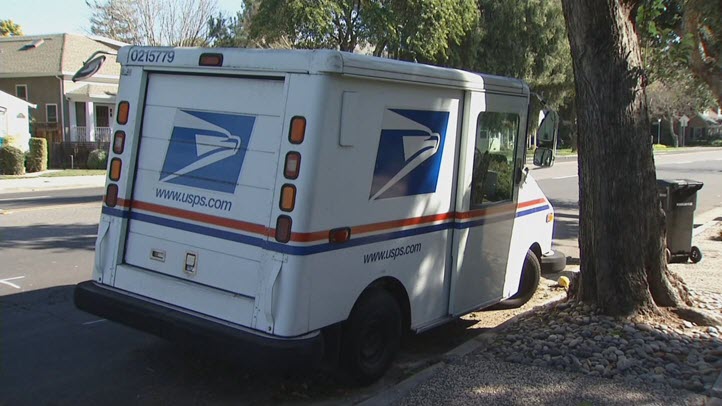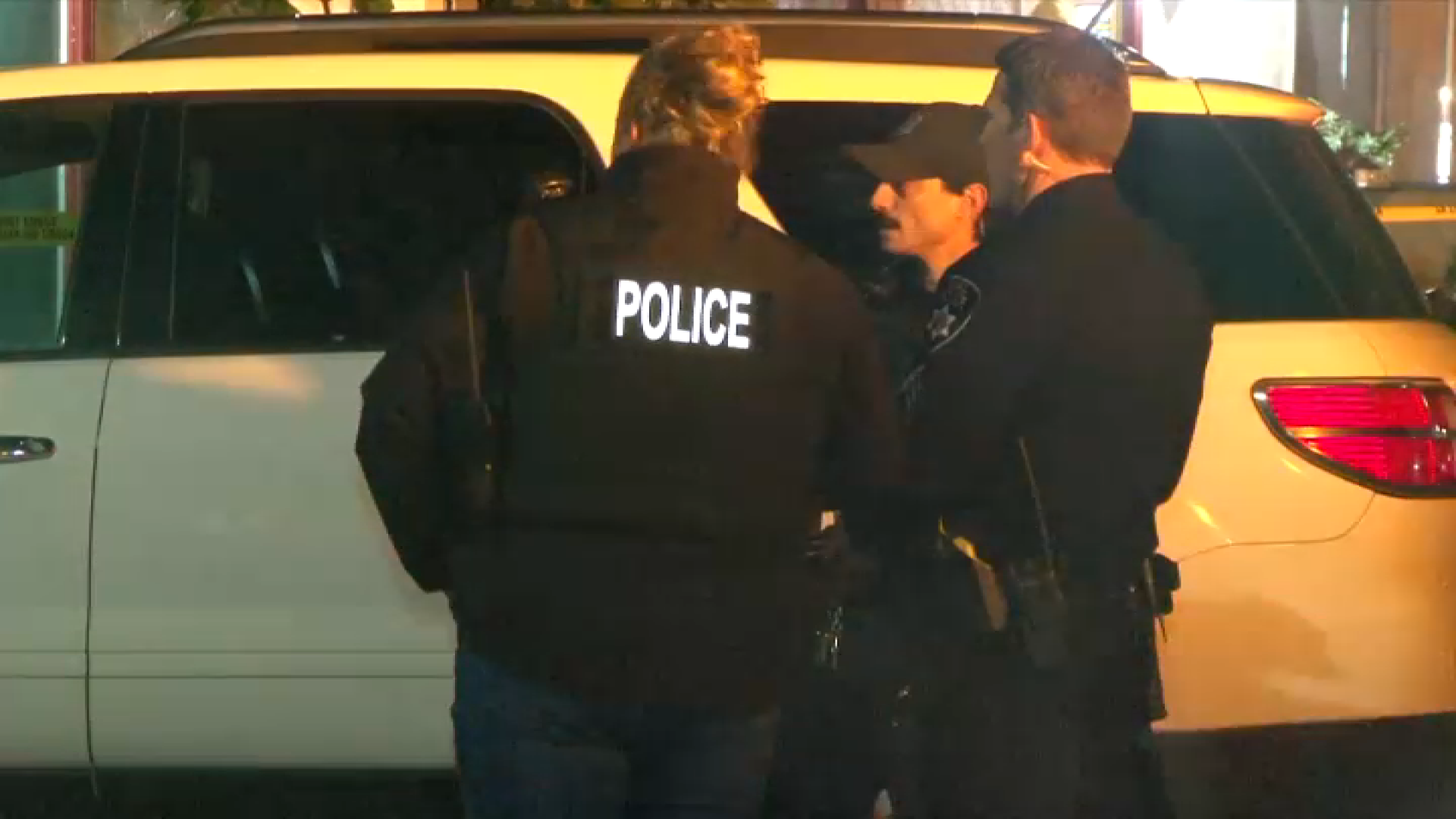Caltrans is investigating whether microscopic organisms are attacking critical welds on the submerged foundation of the new Bay Bridge tower, potentially endangering the projected 150-year lifespan of the troubled $6.4 billion structure, NBC Bay Area has learned.
This revelation is just the latest in a string of problems that have dogged the project, including cost overruns, flawed welds, broken bolts and pitted cables.
While Caltrans engineers say there’s no immediate concern about the bridge failing, a recent underwater survey spotted pits -- pockets of accelerated corrosion -- on welds that bind massive piles that hold up the foundation.
Brian Maroney, Caltrans’ chief engineer on the project, says the pace is “enough that if you projected that out 150 years, we would not have what we assumed” in terms of design life of the 13 piles that extend into bay mud.
Maroney says engineers gave an allowance of three quarters of an inch for rust over the 150 years for the piles, which are made with steel that is 3 ¾ inches thick.
But a summary of the recent underwater survey obtained by NBC Bay Area under the Public Records Act indicates that at the worst areas, the steel allowance could be exhausted 50 years earlier than anticipated.
Divers with Texas-based Deepwater Corrosion Services Inc. found that when areas of five barnacle encrusted piles were cleaned, pits were evident on welded areas on some of those piles. The pits, experts say, suggest something besides simple rust is eating away at the foundation steel.
Local
“They also have questions about are there very small microorganisms that are feeding on iron,” Maroney said. “That’s kind of a new thing in the bridge world; we’re not used to that.”
Known as microbiologically influenced corrosion, or MIC, it is the product of bacteria colonies on the steel surface. The bacteria leave behind an acidic film that attacks steel. It turns out that the bay floor is rich with the tiny creatures that cause it, according to the Deepwater assessment.
The microbes leave distinctive pits that experts liken to the holes left by worms or termites in wood. According to Maroney, Caltrans wants Deepwater to find out if the microbes are really the culprits, and not a less exotic form of corrosion.
In its conclusions, Deepwater urges the problem be studied further and divers inspect the Skyway leading up to the new eastern span as well as the Richmond-San Rafael and San Mateo bridges for possible microbial attack.
“That’s really something new, and when it’s something new to us, we want to make sure we get on top of it as fast as we can,” Maroney said. While he says the problem is not critical now, Maroney stresses the long-term risk cannot be ignored.
“It’s important not to drop the ball here. As years go on, we have to make sure we get out and inspect it," he said.
Deepwater suggested after more study to evaluate the risk, that the foundation be checked again in three to five years. But Lisa Fulton, a Berkeley-based metallurgical engineer who has studied the phenomenon of microbes attacking the bridge, calls that strategy “absolutely scary.”
That’s because, Fulton says, there’s no easy way to stop the colonies of microbes once they strike, and the damage is far more unpredictable than rust.
“You have steel structures everywhere,” she noted. “This is alarming because it is not a typical mode of corrosion with these type of structures.”
Rather than monitor the problem over a period of years, Fulton says Caltrans should order a complete evaluation of all 13 piles. That involves cleaning the marine life and then cutting sections of the pitted metal to confirm whether they need to cut out sections of the pitted metal to confirm what is going on. There’s a total of nearly 300 welds on the 13 piles.
“Every weld can have, could be undergoing the same accelerated corrosion,” Fulton said. “So the extent of the problem is not known, and it’s got to be. One has to get to the bottom of it.”



